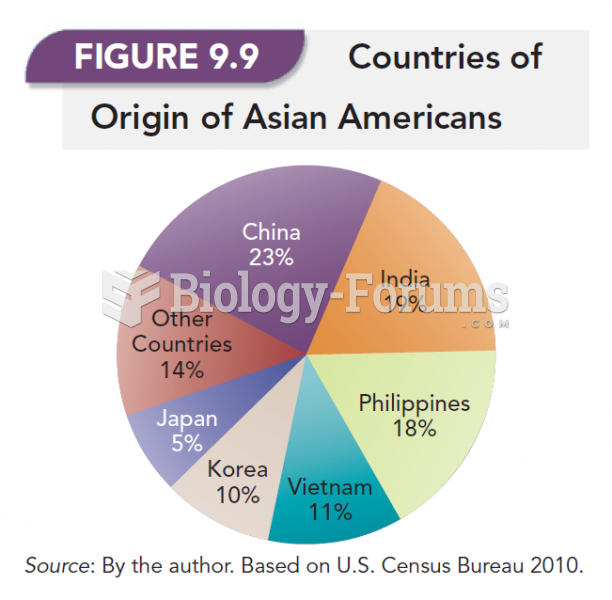For some Americans, the political concepts that are set forth in the Declaration of Independenceparticu larly the concept of equalityhave become standards by which American institutions should be measured. For example, as you will see, the Constitution did not allow for equal treatment for many Americans, including African Americans (who were not considered citizens) and women. The disparity between the declaration's promise of equality and the Constitution's unequal treatment of Americans set the example for future conflicts over the issue of equality. Neither Thomas Jefferson nor the framers of the Constitution interpreted the word equality to mean equal income. Rather, they envisioned a nation in which all citizens had what we would now call equal opportunity. Equal opportunity promotes other American ideals, such as individualism and self-reliance. It also often leads to a meritocracy based on individual talent and effort. Those who have the advantage of more education, more money to invest in an enterprise, greater talent, and higher levels of energy will have a competitive edge and come out the winners. In recent times, some people have been unwilling to accept the results of simple equality of opportunity if it creates a gross maldistribution of wealth. Some have argued that the founders, who lived in a largely agrarian economy, could not have envisioned the huge disparities in income in an industrial age and certainly would not have thought them consistent with democratic government. Some reformers have thus backed the creation of a welfare safety net by which the government protects and promotes the economic security of its citizens. Other reformers have tried to level the playing field through programs known as affirmative action. These programs give preferences to minorities and other groups to make up for past discrimination. Those who favor affirmative action views its opponents as heartless individualists, who would let other Americans remain in poverty because they lack the talent, luck, or education to rise above it. Opponents of affirmative action argue that such programs perpetuate unequal treatment and emphasize racial divisions in society. Affirmative action programs are used to
a. give preference to minorities.
b. continue discrimination against minorities.
c. provide welfare benefits.
d. give greater opportunities to talented people.
Question 2
For some Americans, the political concepts that are set forth in the Declaration of Independenceparticu larly the concept of equalityhave become standards by which American institutions should be measured. For example, as you will see, the Constitution did not allow for equal treatment for many Americans, including African Americans (who were not considered citizens) and women. The disparity between the declaration's promise of equality and the Constitution's unequal treatment of Americans set the example for future conflicts over the issue of equality. Neither Thomas Jefferson nor the framers of the Constitution interpreted the word equality to mean equal income. Rather, they envisioned a nation in which all citizens had what we would now call equal opportunity. Equal opportunity promotes other American ideals, such as individualism and self-reliance. It also often leads to a meritocracy based on individual talent and effort. Those who have the advantage of more education, more money to invest in an enterprise, greater talent, and higher levels of energy will have a competitive edge and come out the winners. In recent times, some people have been unwilling to accept the results of simple equality of opportunity if it creates a gross maldistribution of wealth. Some have argued that the founders, who lived in a largely agrarian economy, could not have envisioned the huge disparities in income in an industrial age and certainly would not have thought them consistent with democratic government. Some reformers have thus backed the creation of a welfare safety net by which the government protects and promotes the economic security of its citizens. Other reformers have tried to level the playing field through programs known as affirmative action. These programs give preferences to minorities and other groups to make up for past discrimination. Those who favor affirmative action views its opponents as heartless individualists, who would let other Americans remain in poverty because they lack the talent, luck, or education to rise above it. Opponents of affirmative action argue that such programs perpetuate unequal treatment and emphasize racial divisions in society. How is the first sentence of the second paragraph (Neither Thomas Jefferson nor the framers of the Constitution... related to the second sentence of the paragraph (Rather, they envisioned a nation...)?
a. contrast
b. addition
c. cause and effect
d. example
 The world has been horrified recently at a U.S. Congress so polarized and paralyzed that it cannot p
The world has been horrified recently at a U.S. Congress so polarized and paralyzed that it cannot p
 The explosion of the Maine in Havana harbor, killing 260 men, caused much speculation in the newspap
The explosion of the Maine in Havana harbor, killing 260 men, caused much speculation in the newspap





